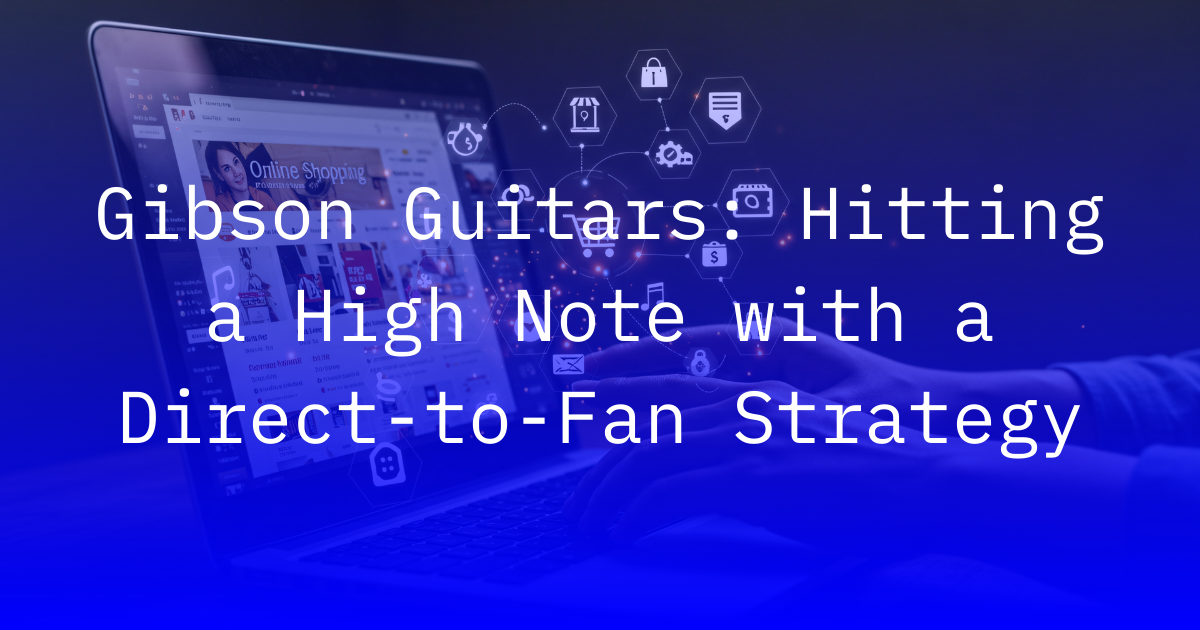
Gibson Guitars: Hitting a High Note with a Direct-to-Fan Strategy
For over a century, Gibson has been a cornerstone of the music world, crafting some of the most iconic guitars ever made. But like many established brands, the company faced a modern challenge: a growing reliance on third-party retailers was creating a disconnect between the brand and its most passionate advocates—the musicians themselves. This music industry case study reveals how Gibson launched a bold, new strategy to build direct connections with its fans and, in doing so, achieved significant revenue growth.
The Challenge: Reconnecting with the Core Fanbase
Gibson's business model relied heavily on an extensive network of dealers and resellers. While effective for distribution, this system created a barrier between the company and the people who loved their products. Gibson needed a way to own the fan relationship, gather valuable insights, and market directly to its audience without alienating its retail partners.
The Innovative Strategy: The Direct-to-Fan Connection
Gibson's new approach was centered on leveraging technology to build a community and communicate with fans on its own terms.
- Robust Omnichannel Marketing: Gibson implemented a comprehensive marketing platform that allowed them to engage with fans across multiple touchpoints, including its website, social media, and email. This ensured that every interaction was part of a unified brand experience.
- Data-Driven Communication: By collecting data from every fan interaction, Gibson was able to create highly personalized email campaigns. Instead of sending generic newsletters, they could now send targeted messages to musicians based on their interests—from classic rock guitarists to aspiring blues players. This personalization made the communication more relevant and valuable to the recipient.
- Building an Engaged Community: The direct communication strategy allowed Gibson to do more than just sell products. They could share stories from legendary artists, offer tutorials, and announce exclusive content. This fostered a sense of community and gave fans a reason to engage directly with the brand, not just with their local music store.
The Financial Impact: A 50% Surge in Email Revenue
The results of this strategic pivot were a resounding success. In the first year alone, Gibson reported a 50% growth in email-driven revenue and a 10% increase in total revenue driven by automation. This brand case study proves that for an established enterprise, a direct-to-fan marketing strategy can be a game-changer. By investing in direct communication and building a deeper connection with their core audience, Gibson not only strengthened its brand but also created a new, highly profitable revenue stream.
Love this idea for you?
Connect with our team to adapt this idea to your unique marketing needs.

